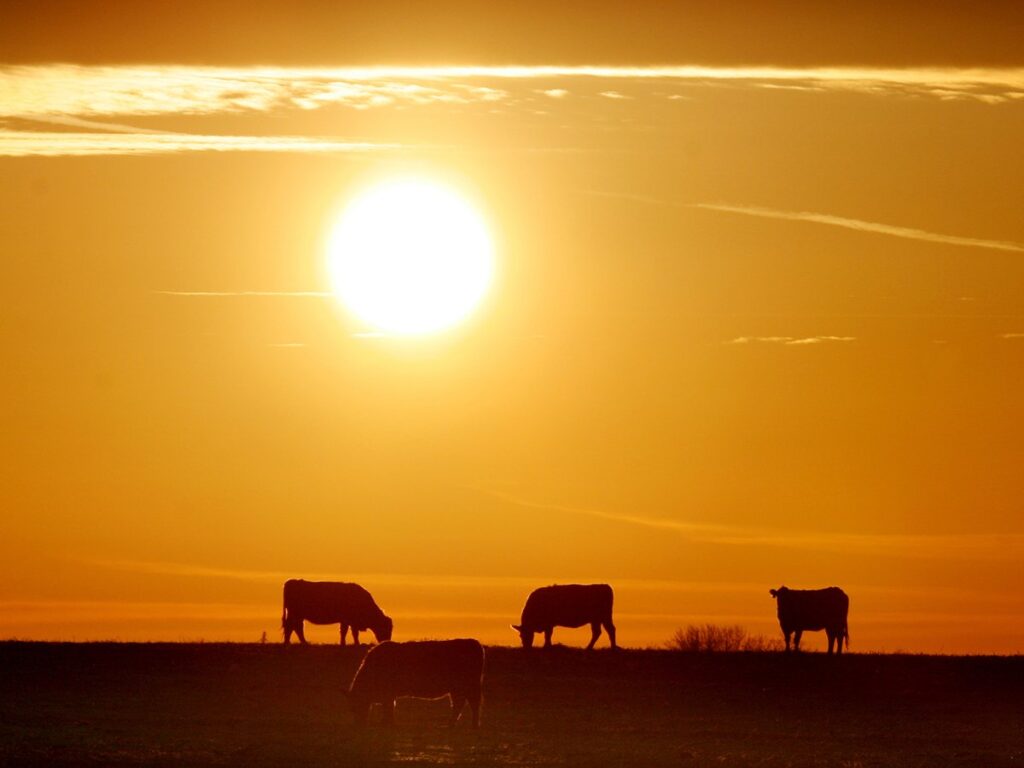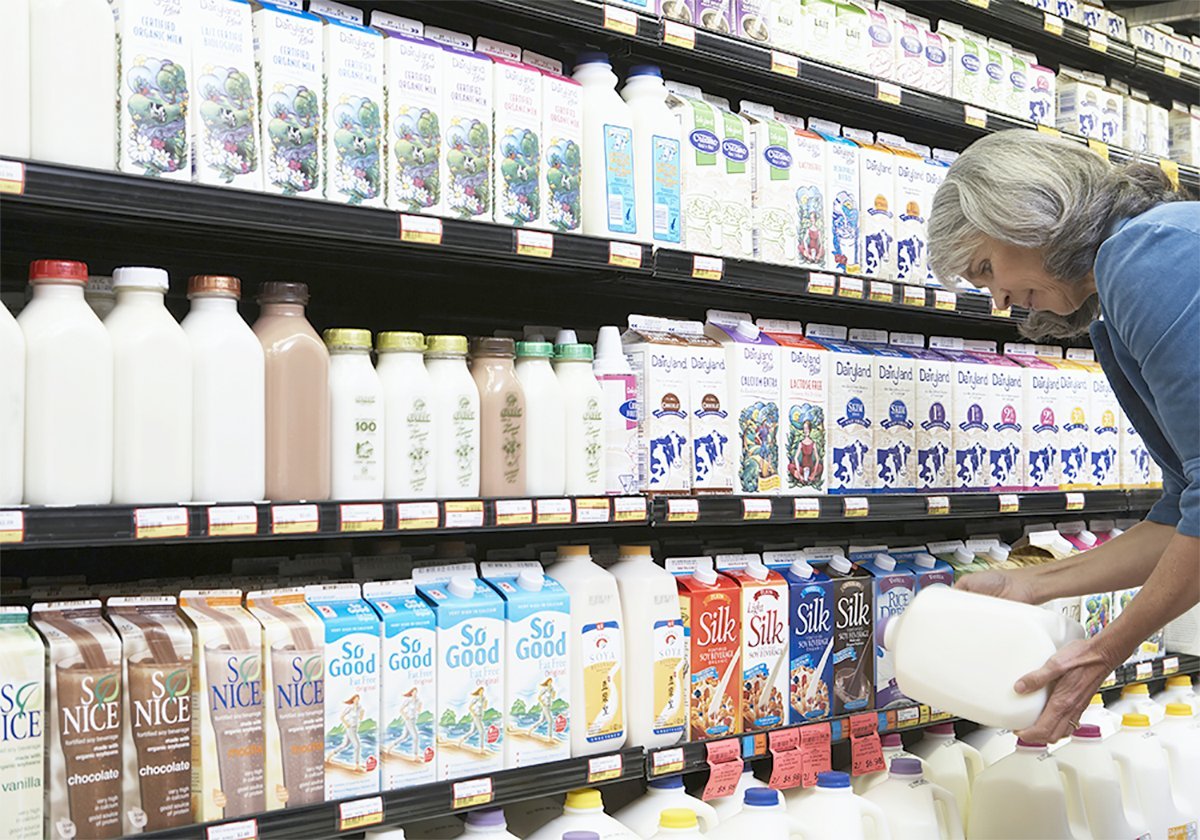Opening pathways to profitable Prairie farming and improved sustainability

Governments, farm organizations, food manufacturers, and researchers have described a seemingly impenetrable wall to productive discussions on sustainability in Prairie agriculture.
On the one side of the wall are government, the food industry, researchers, and concerned environmental groups who see the future markets requiring lower greenhouse gas emissions, improved carbon sequestration, and reliable measures of environmental results as critical to a future competitive industry. On the other side are Prairie farmers and farm organizations who see many of the solutions proposed as unworkable.
The uniquely short growing season and often extremely arid conditions make many of the ideas proposed from the other side of the wall seem unreasonable. The conflict deepens to the point that climate change deniers and science skeptics come through as the loudest voices in response to efforts to suggest change.
Read Also


Supply management will soon become the centre of attention
Refusing to concede some increased American competition into the dairy market is not a hill that Canada should be prepared to die upon.
Reasonable discussions are rare.
Despite being in his late 60s, David Rourke, who has raised crops, livestock and operated a contract research company near Minto, Man. over the past 40 years, decided to do a PhD research project on the reasons for resistance to specific proposed best management practices on the Prairies.
The research focused on 12 farmers who expressed an interest in sustainability. The study included an examination of the economic condition of the farms, a measure of their greenhouse gas emissions using best available measures, measuring total production from each farm measured in kilocalories of food and fuel for the market, and a detailed interview, which was designed to capture beliefs and farmers individual perceptions of real barriers for their operation to make changes.
The information from the interviews and the measures collected from each famer were then summarized and combined to determine the reactions and reasons for adopting or not adopting specific changes to improve environmental outcomes.
Two indexes were developed. The first:
- BERT/E provided a numeric rating that was intended to reflect the farmers’ assessments of their beliefs, economic value perceived of the change, regulatory implications, and available technology divided by a farmer’s energy for change. Each of the five variables were given a value between one and five.
- The second was the sustainable farm index, which combined three measures. The first was the farm’s financial wellbeing as measured by their contribution margin. The second was the farm’s capacity to produce as measured in Kcal/acre. The third was the farm’s net greenhouse gas emissions as measured using the HOLOS model.
Profitability key
The sustainable farm index thus recognizes the need to remain profitable as individual units; the need to sustain Prairie agriculture’s contribution to global food fuel and fibre needs. The final measure recognized the importance of not creating irreversible harm to the planet.
Rourke breaks “best management practices” into several categories. Some are practices such as zero tillage that he identifies as “no regret” practices because they benefit the farmer and the environment.
There are practice he categorizes as “neutral” such as incorporating renewable fuels into the equation.
There are others, however, that are “sacrifice BMPs” that come at a cost to the farm’s productivity or profitability, such as cover crops or limits on drainage. If those practices are to be implemented, someone — whether it is the farmer, taxpayers or consumers — must absorb those costs.
By combining these into a single index, the research recognized in a formal way that any new management practice that takes away from profitability or total production may cause harm in a manner that causes other regions to simply replace our production and possibly make total outcomes worse overall.
The impact of the research on the impenetrable wall is profound. The study is written recognizing the unquestionable need for change. The study concurrently supports that many of the Prairie concerns that the proposals for progress are in many ways a poor fit given available technology farm structure, and culture. The study then goes on to recommend concrete ideas to move forward including research and new technologies such as non-legume crops that can fix their own nitrogen or delayed seed germination technology, to support change.
The path of reason
Rourke has completed his thesis and his work will soon be publicly available. It is a must-read for players on both sides of the wall.
On the farmer side, leadership needs to quit hiding their frustration behind a climate change denial movement. Agriculture has worked for a science-based approach to dispute resolution on issues from food safety to trade. Sustainability needs to be treated similarly. The government and food company side needs to respect the voices stating that the proposed “best management practices” will not get us to a new place. In addition to support for management practices, a realistic research strategy and public investment will be required to overcome the barriers identified. Improvements in measurements and modelling are needed.
Agriculture interfaces with anthropogenic global warming both from the emissions — largely nitrogen fertilizer and fuel; and from the potential for sequestration of carbon in the soil. All three of these nuts need to be cracked and the current proposed changes are not enough to get us to a new place.
Rourke’s work offers a direction that provides hope. We all have an opportunity to learn from his work. Let’s push the wall aside and start making changes that have potential.
Ian McCreary farms with his wife Mary Smillie, their sons Luke and Matthias and their partners Shannon and Taylor at Bladworth, Sask. He has a Masters degree in agricultural economics.
Source: producer.com


